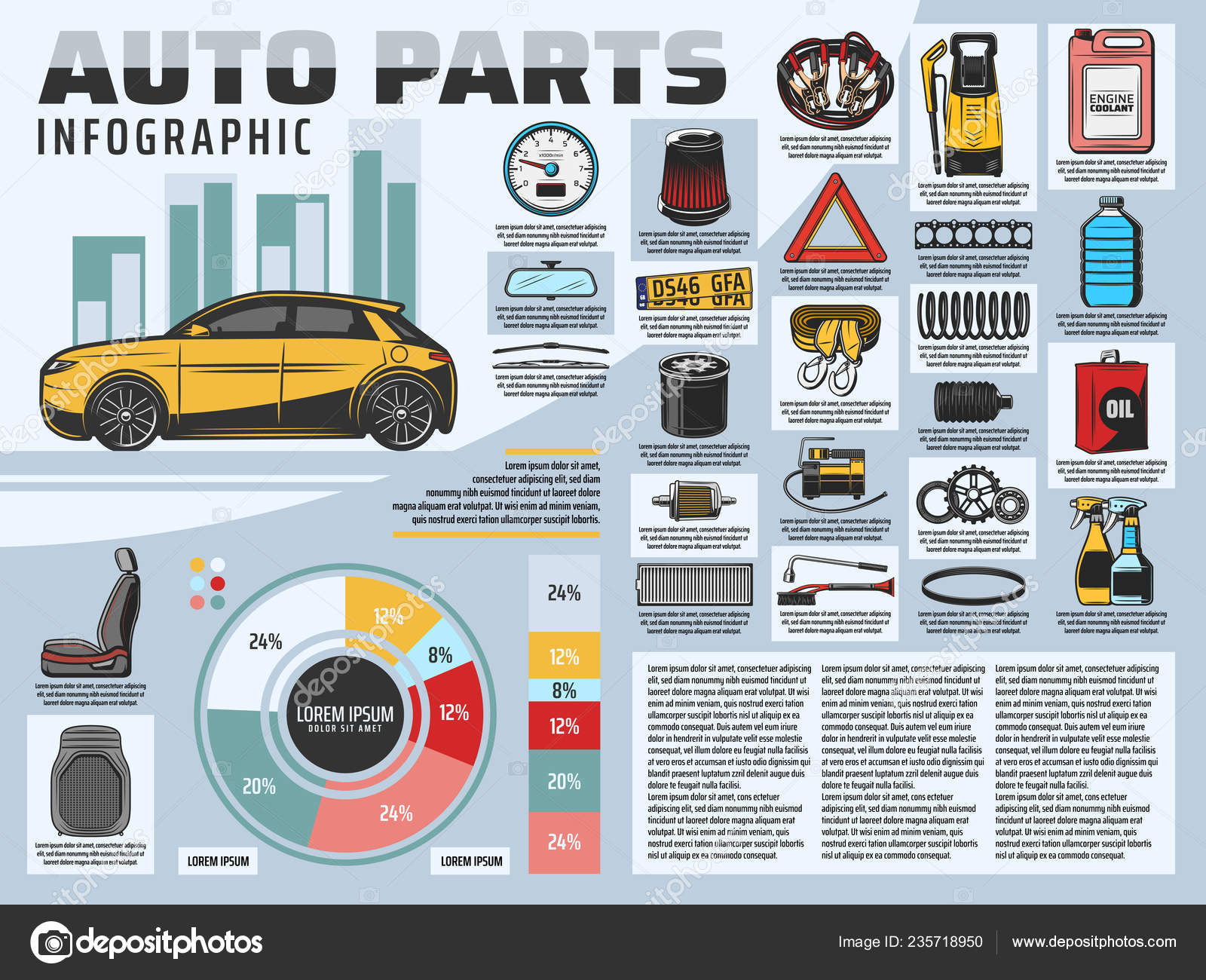Analyzing Your Vehicle'S Warning Indicators: What They Actually Share
Analyzing Your Vehicle'S Warning Indicators: What They Actually Share
Blog Article
Created By-Vinson Forbes
When you're behind the wheel, those glowing warning lights on your control panel can be a little bit difficult. Do you recognize what they're trying to inform you regarding your cars and truck's health? Understanding the value of these lights is vital for your safety and the long life of your automobile. So, the next time among those lights turns up, wouldn't you want to analyze its message precisely and take the necessary actions to address it?
Common Warning Lights and Interpretations
Determine usual warning lights in your vehicle and comprehend their definitions to ensure safe driving.
https://cristianpkezt.blogdeazar.com/30072086/elevate-your-vehicle-outlining-methods-with-seasonal-assistance-to-ensure-your-auto-remains-glowing-and-secured-discover-how-to-navigate-the-particular-obstacles-that-each-season-brings include the check engine light, which indicates issues with the engine or emissions system. If this light begins, it's essential to have your automobile checked quickly.
The oil stress alerting light indicates reduced oil stress, calling for prompt focus to avoid engine damage.
A flashing battery light may suggest a malfunctioning billing system, possibly leaving you stranded otherwise resolved.
The tire pressure surveillance system (TPMS) light informs you to low tire pressure, influencing lorry stability and gas performance. Disregarding this could bring about hazardous driving problems.
The ABS light shows an issue with the anti-lock braking system, jeopardizing your capacity to stop promptly in emergency situations.
Finally, the coolant temperature level warning light warns of engine getting too hot, which can cause extreme damages if not solved quickly.
Understanding these usual caution lights will help you attend to concerns quickly and maintain safe driving problems.
Relevance of Prompt Attention
Understanding the typical caution lights in your car is just the very first step; the importance of without delay dealing with these cautions can not be stressed enough to ensure your security when traveling.
When a warning light brightens on your control panel, it's your automobile's means of communicating a potential issue that requires focus. Overlooking these warnings can bring about a lot more severe troubles later on, compromising your safety and possibly costing you much more out of commission.
Trigger focus to alerting lights can stop breakdowns and accidents. As an example, a blinking check engine light can suggest a misfire that, if left unattended, could cause damages to the catalytic converter. Resolving this without delay can conserve you from an expensive repair.
Similarly, a brake system warning light may signal reduced brake fluid or used brake pads, critical elements for your safety when driving.
Do It Yourself Troubleshooting Tips
If you see a caution light on your control panel, there are a couple of do it yourself fixing suggestions you can try before seeking expert help.
https://www.nwaonline.com/news/2019/dec/28/car-talk-20191228/ is to consult your automobile's handbook to recognize what the specific caution light indicates. Often the concern can be as straightforward as a loose gas cap causing the check engine light. Tightening up the gas cap might fix the problem.
Another typical problem is a reduced battery, which can cause numerous alerting lights. Checking the battery connections for rust and ensuring they're protected may fix the problem.
If a warning light continues, you can try resetting it by detaching the cars and truck's battery for a couple of minutes and after that reconnecting it. Furthermore, inspecting your car's fluid degrees, such as oil, coolant, and brake liquid, can assist repair cautioning lights associated with these systems.
Conclusion
Finally, understanding your auto's caution lights is essential for keeping your vehicle running smoothly and safely. By without delay addressing these informs and recognizing what they mean, you can avoid costly fixings and potential breakdowns.
Bear in mind to consult your cars and truck's guidebook for certain details on each alerting light and do something about it appropriately to ensure a trouble-free driving experience.
Remain notified, stay risk-free on the road!
